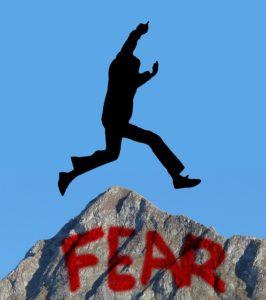 People are unpredictable sometimes. They’re also predictable.
People are unpredictable sometimes. They’re also predictable.
If you see someone yawn, you’re likely to yawn too.
If I tell you seats are limited, you’re likely to purchase a ticket now rather than later.
What if you knew getting people to donate to your nonprofit could be a predictable consequence of something you did?
It turns out you can encourage people to act in desirable ways, simply by applying a few lessons learned from neuroscience, psychology and behavioral economics. The truth is scientists have learned quite a lot over the past few decades. It’s up to us to put that learning to good use!
Alas, as Daniel Pink, author of To Sell Is Human, has noted: “There’s a gap between what science knows and what business does.” This applies to social sector businesses too!
That’s right. Pink explains the most successful for-profit businesses use what science knows to “convert leads to customers.” The secret to more sales is knowing what the customer wants. Your non-profit might convert prospects into donors, and donors into repeat donors, using the very same principle.
The secret to closing more gifts is knowing what the donor wants.
Today I’d like to consider five specific strategies that will help you ethically take advantage of some of the psychology underlying human behavior. Once you understand these principles, you can begin to strategically apply them to your integrated development (marketing and fundraising) strategy. If you’re nervous about this, you can test what you did before against a new strategy informed by science. Break your mailing list randomly in half, send an “A” and a “B” version of your appeal, and see which performs best.
Ready for 5 science-informed strategies?
Details




 Your nonprofit’s story is the whole ball of wax.
Your nonprofit’s story is the whole ball of wax.


 People are wired for stories
People are wired for stories




